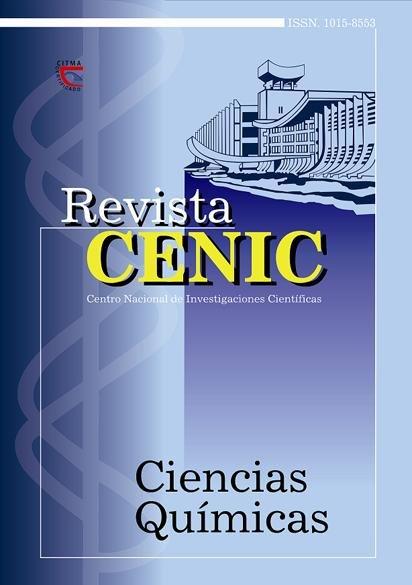SEM of the effect of loads of CaCO3 and Cuban kaolin in rubbers made with natural rubbers
Abstract
Calcium carbonate and grey kaolin were added as fillers in 35 parts for every 100 parts of caoutchouc as a first step in the optimization of the effect of adding these mineral charges without surface activation in rubber composites with SMR-20 rubber from Malaysia or NR rubber from Brazil, Mixture and vulcanization conditions were constants during composites manufacturing. Test data of mechanical probe samples was compared with the Secondary Electron Microscopy (SEM) analysis of their surface fracture after been broken at liquid nitrogen temperature. Kaolin is better filler than calcium carbonate because of its properties: 10 times higher specific surface and also higher particle mean size; its use is only not preferable when the color of rubber articles is clear. Because of these properties, rubber composites with kaolin shows tensile strength almost three times higher than with calcium carbonate, and also better values of elongation, tear and shore hardness. SEM images allows explaining the mechanical behavior of these rubber composites. Both shows fracture surfaces very striated and stratified in areas with pieces of rubber torn off in purl or flounce form. Kaolin particles were seen isolated showing an acceptable adhesion with matrix. Even when calcium carbonate increase mechanical parameters, it does in less proportion than kaolin, because of its great tendency of particle agglutination in both rubber composites.

Downloads
Published
How to Cite
Issue
Section
License
Copyright (c) 2001 Copyright (c) 2001 Revista CENIC Ciencias Químicas

This work is licensed under a Creative Commons Attribution-NonCommercial-ShareAlike 4.0 International License.
Los autores que publican en esta revista están de acuerdo con los siguientes términos:
Los autores conservan los derechos de autor y garantizan a la revista el derecho de ser la primera publicación del trabajo al igual que licenciado bajo una Creative Commons Atribución-NoComercial-CompartirIgual 4.0 que permite a otros compartir el trabajo con un reconocimiento de la autoría del trabajo y la publicación inicial en esta revista.
Los autores pueden establecer por separado acuerdos adicionales para la distribución no exclusiva de la versión de la obra publicada en la revista (por ejemplo, situarlo en un repositorio institucional o publicarlo en un libro), con un reconocimiento de su publicación inicial en esta revista.
Se permite y se anima a los autores a difundir sus trabajos electrónicamente (por ejemplo, en repositorios institucionales o en su propio sitio web) antes y durante el proceso de envío, ya que puede dar lugar a intercambios productivos, así como a una citación más temprana y mayor de los trabajos publicados (Véase The Effect of Open Access) (en inglés).













